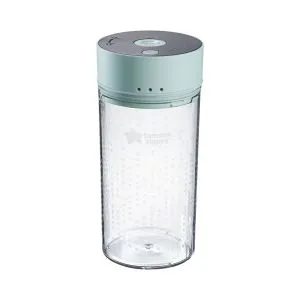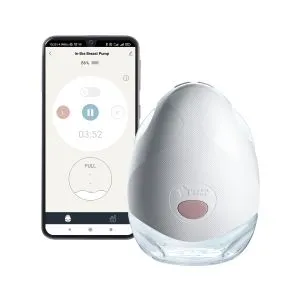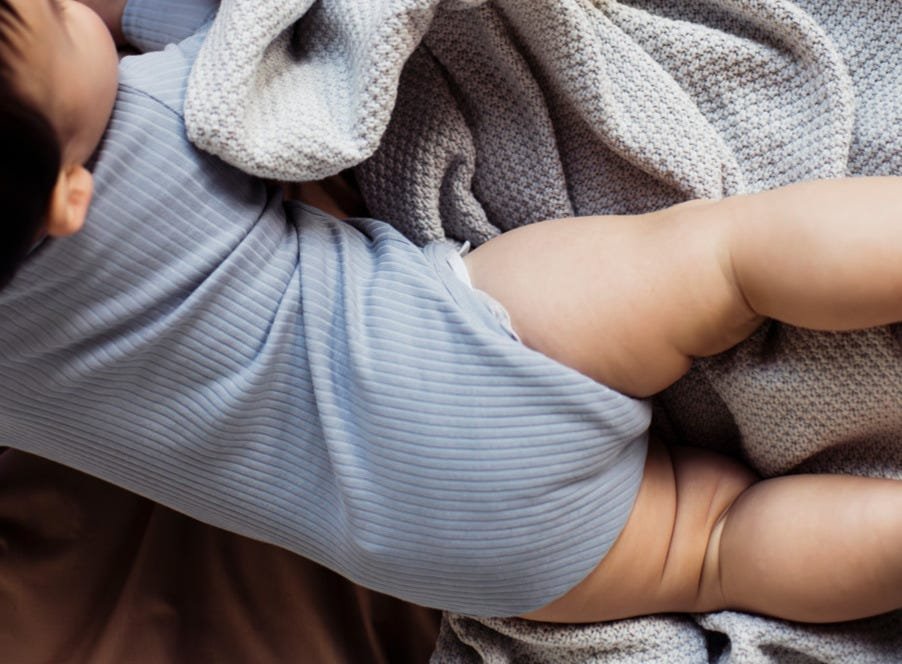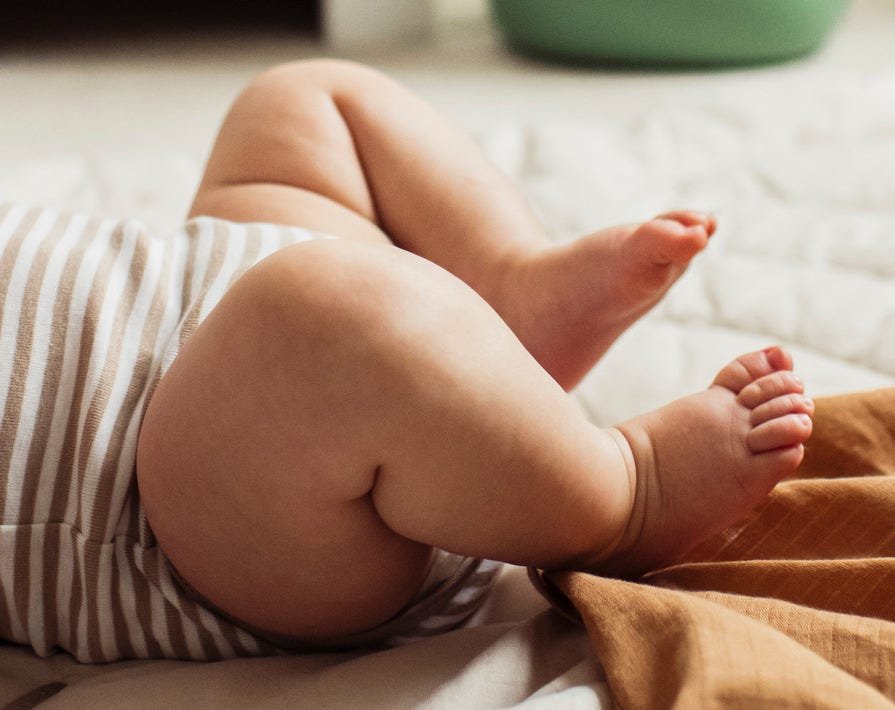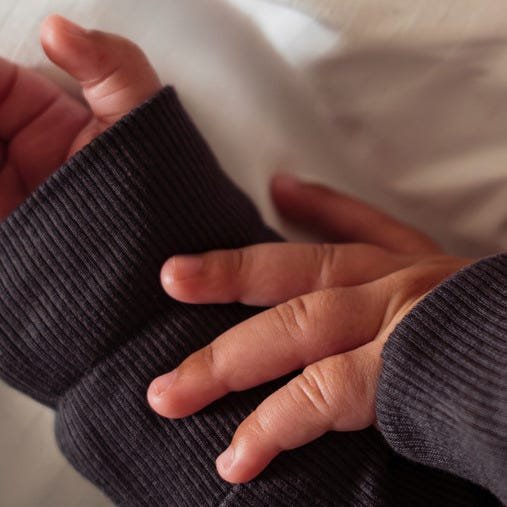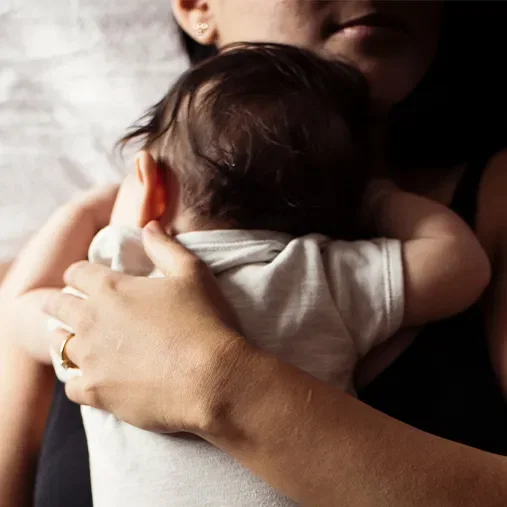Most adults find getting a massage relaxing, and babies are no different! To help you learn how to massage your baby, let's run through some key points and top tips.
What is a baby massage?
Baby massage has been practised by many cultures for thousands of years. But it was first commonly introduced to neonatal wards in Western countries around 30 years ago to support the development of premature babies.
It's a calming and reassuring process that involves rhythmic and gentle stroking of your baby's body, including key pressure points such as their fingers, wrists, and ankles. You can use your hands and an appropriate oil or lotion that's baby-safe.
The benefits of baby massage
Massage can be an enjoyable experience for both you and your little one. It's a great way to bond, and there are lots of other benefits that come with it. These include...
Bonding
Touch is an important sense for bonding, and it can help to create a deep emotional connection between baby and parent. In the early days, massaging your baby can also help you to become more confident when handling and caring for them, and it gives you a chance to learn more about their body language and behaviour.
Relaxation and communication
Touch during a relaxing massage releases oxytocin - the love hormone - for both you and your baby. So, when you massage them, you'll feel calmer and happier too! It also provides a lovely opportunity for you to have uninterrupted eye-to-eye contact and practice copying and turn-taking - which are key to help little ones learn conversation skills from an early age.
Relieving gas, aiding digestion, and soothing teething pains
Some parents start massaging their baby when they need relief from trapped gas. A soothing body massage has lots of gastrointestinal benefits, including providing relief from wind, colic, constipation and teething discomfort.
Boosting immunity
Positive touch during massage can assist in lymphatic flow, which can help fight off infections and boost their immune system.
Aiding sleep
Having a scheduled massage after their bath and before bedtime creates a set schedule for a baby. This can help make them feel relaxed and secure, and aid in them settling into a sound sleep.
Improving circulation and physical strength
Baby massage can improve a little one's blood circulation and aid their physical development. It's also a good way to ease and prevent muscular cramps that can occur from time to time before they're able to crawl and walk independently.
